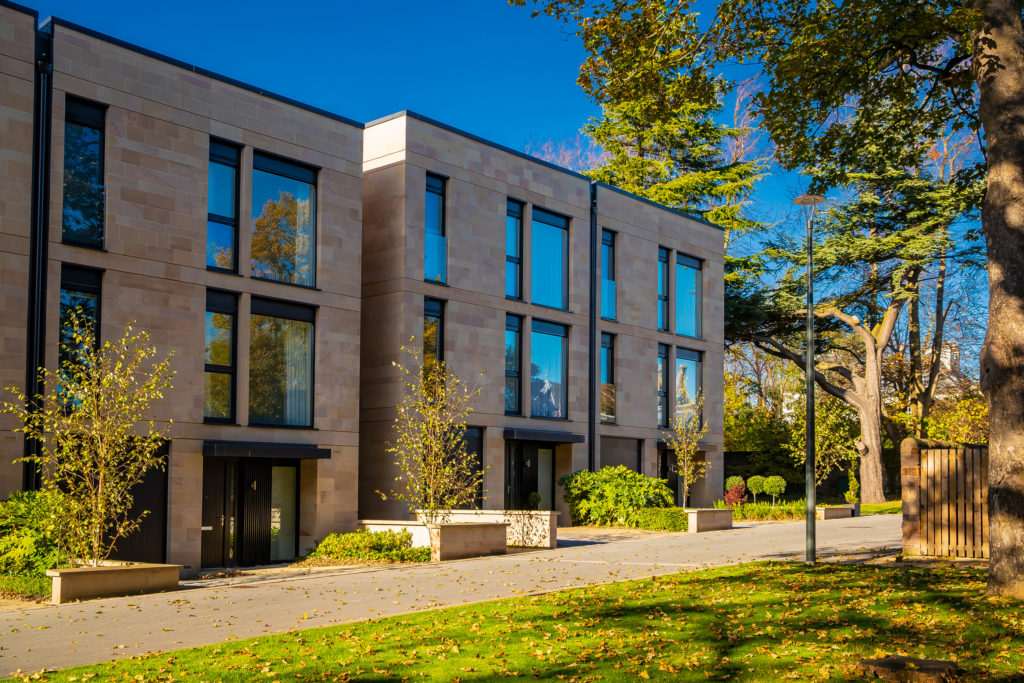It’s vital for homebuyers to understand the main taxes levied on residential properties in Scotland, so they can budget accurately and avoid unexpected penalties.
Taxation has enjoyed an unusual amount of media coverage recently, thanks to a combination of National Insurance rises and scrutiny of the Chancellor’s wife’s tax affairs. While some of the latter coverage has been ill-informed at best, it has demonstrated how little many commentators understand about domestic and international tax laws.
With the new tax year only a few weeks old, this is an opportune moment to consider the various taxes levied on residential property purchases in Scotland. Such overviews can only provide general information, and independent financial advice may be necessary if your circumstances are in any way unusual.
Land and Buildings Transaction Tax (LBTT)
LBTT replaced UK Stamp Duty in Scotland on 1 April 2015. It’s a tax applied to purchases of land or property, so you’ll pay LBTT when you purchase a new home. This is a progressive tax whose rates depend on the value of the property you’re buying, ranging from two per cent to twelve per cent. If the property costs less than £145,000, you pay no LBTT, and a relief for first time buyers is also available, meaning they can purchase a property up to the value of £175,000 without paying any LBTT. However, there is a four per cent supplement payable on the total price of any additional properties purchased, known as the Additional Dwelling Supplement.
Your solicitor will normally submit your LBTT return to HMRC, but it’s the taxpayer’s responsibility to ensure submission of an accurate return. Ask your solicitor for a copy of the return once the tax has been paid.
Capital Gains Tax (CGT)
CGT is generally only payable (a) when you sell a property that’s not your main home, and (b) when you make a profit. This could include a buy-to-let property, holiday home or inherited property. Private Residence Relief (PRR) is usually available to exempt any gain made on your main home, though there are scenarios when you may have to pay CGT (if you’ve used part of your home exclusively for business purposes, for instance).
When selling a second home or buy-to-let, you pay CGT at either 18 or 28 per cent, depending on whether you’re a basic or higher rate taxpayer in the tax year of sale. Tax will be due on any capital gain realised after deducting relevant expenditures such as LBTT, or solicitor/estate agency fees. In some instances, amounts spent on improving the property can also be deducted from the gain, such as an extension or garage conversion. Most individuals will further benefit from an annual exempt amount (currently £12,300), meaning no tax is due on any net gain below this amount.
Any disposals of residential property where PRR does not fully exempt the gain must now be reported to HMRC within 60 days of the property being sold, with any tax due also paid in this period. For those already registered for self-assessment, the property disposal must also be reported on their annual tax return.
Inheritance Tax (IHT)
When a person dies, IHT may be due on the property they own, depending on the total value of their estate. Every individual has a personal threshold of £325,000, so there’s normally no IHT to pay if the value of your estate is below this amount. This threshold has not increased since 2009, meaning more and more people have been hit with IHT bills as house prices have risen. However, the main residence nil-rate band was introduced from April 2017. This is an additional band over and above the £325,000 threshold, and it’s risen by £25,000 per year since its introduction, standing at £125,000 today. Theoretically, a home worth up to £500,000 can be left in your will without any IHT being paid.
We strongly recommend you consult a tax specialist for personalised advice.
Please note all information correct at time of going to press

